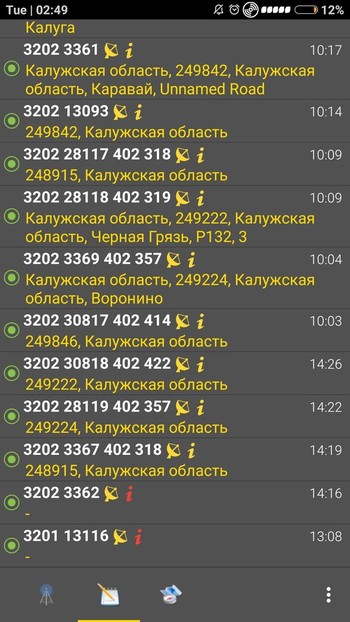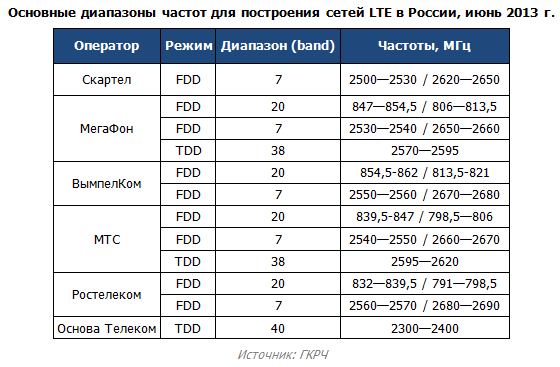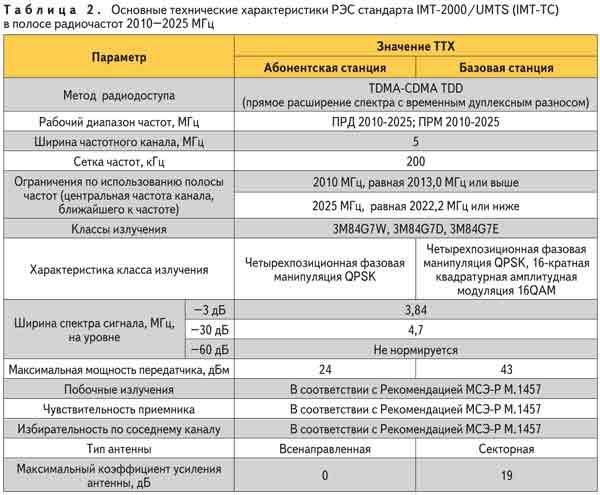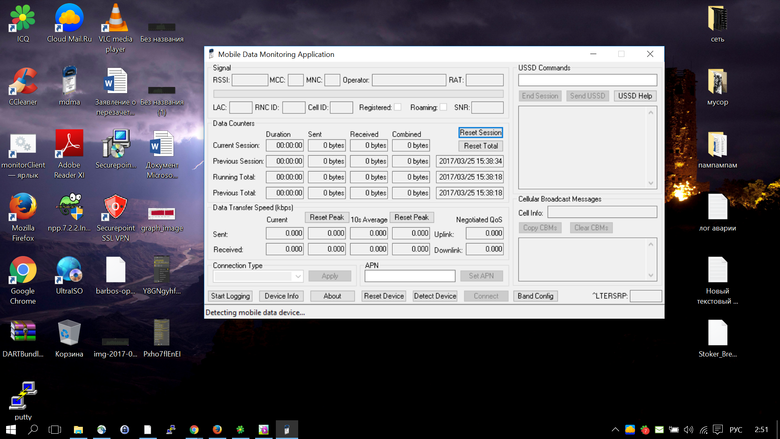Internet where there is none, or Fixed connection based on 3G-LTE

I decided to make the Internet in my country house, off the beaten path. Finally, the opportunity has grown together with the desire! There are two problems in my wilderness: the fools frequent interruptions in electricity (depending on the weather, the PBX may also be disconnected) and poor mobile communications. The signal is not caught everywhere, but where it is caught, it is unstable. Adds complexity and galvanized roof of the house, shielding radio waves. The possibilities of modern equipment and the correction of requests narrowed and improved suitable properties, which led me to the idea of creating the most efficient network node. I will talk about how I tried to catch the LTE signal, with a description of the equipment and possible problems.
Preparation and collection of information about the area
In my wilderness, only MTS is normally caught, and therefore this particular operator was selected. I determined the quality of coverage using https://4g-faq.ru/karty-pokrytiya/ . On this map, it is convenient to choose the network modes, and also clearly shows the approximate location of the towers of 3G and LTE standards.
The direction of installation of the antennas was chosen like this:

I selected the antenna gain depending on the distance to settlements. The appropriate direction of the signal - using the mobile application Netmonitor. To do this, I had to travel to the nearest towers. Netmonitor - the application is free, the most convenient and easy to manage, analogues did not impress me. It also keeps measurement history, so when I returned to the “site”, it was convenient to choose the direction.


Interesting and important characteristics
First you need to understand which network mode you are interested in. The frequency range of 3G and LTE is different, and in order to receive their signals, it is necessary to select antennas or feeds, depending on the configuration, with the appropriate frequency. Of course, you can take antennas with a frequency range that captures both standards, but in this case, the output signal will be slightly worse (again, depending on the number of adapters, cable lengths and their properties; these characteristics affect all configurations of this system, including this also applies to the attenuation of the signal).
It is necessary to check the levels of mobile network signals at the site in advance. As already said, I chose MTS, because here it is always caught and MTS has quite a lot of towers (compared to other operators) with different network modes, including LTE, which I hope will upgrade to 5G in the future. So I picked up my equipment "for growth".
Selection and configuration of equipment
Once again I did not want to overpay. And the system with easily replaceable components came out cheaper than satellite Internet and offers from companies that make ready-made kits. The “whistle” option was dropped on the first day of equipment selection: such a system is extremely unstable. I also planned to put the system into long-term work, but this option did not fit either, since the body components overheated during long-term operation and brought the whistle down before it cooled. In most cases, this problem was solved by the use of a cooler, but the instability of the connection and packet loss did not incline me to this option. For the same reason, I abandoned the idea of a tandem “whistle” + router (with the support of a “whistle”).
Initially, I planned to use the “eight”, it’s Kharchenko’s antenna, but considering the coverage area and the distance to the nearest settlements, it is possible to successfully catch 3G-LTE at distances exceeding the capabilities of the “eight”. This frequency range corresponds to these networks and is taken in case of bad weather, when precipitation significantly deteriorates the signal quality. I was surprised by the fact that 4G-LTE work in three bands: about 800, about 1600, and about 2500.
Frequency ranges of LTE networks from different providers:

Here the frequency bands of 3G networks are parsed:

more information about the frequency ranges here:
http://anisimoff.org/lte/lte_bands_russia.html
Reasons for channel selection relative to offset
Offset, as it seems to me, is much better, so I made the wrong choice, especially considering my capabilities: but I caught LTE on the “wind”, and the problem is in height. For a start, I have long and diligently selected equipment and possible bundles, including various types of antennas. In the end, I liked two options:
- Offset reflector with a diameter of 0.9 m or more with an irradiator for the frequency ranges from 1700 to 2700 MHz and with support for MIMO technology.
- Dual wave channel with the same frequency.
The gain of both sets is from 24 to 28 dbi. I stopped at the second: he has far fewer problems with catching a signal from telephone towers. The cable picked up with reduced losses and attenuations so that the reception signal was more stable.
At the site, I exhibited the antenna using Google Maps and the MDMA program. The desktop version of MDMA allows you to check the signal level on the receiving device (modem module in the router). It’s not so easy to handle this program, but if you’ve got it done with Netmonitor, then it’s unlikely to cause trouble for you. In the end, there are very good recommendations and clear instructions. Please note that you need to connect via USB "dad-dad".
To check the direction of the antenna, it is enough to assemble the entire system, that is, to connect the antenna to the router, and the router to the computer, but only via a USB adapter. Then run MDMA and select the direction of the antenna.
MDMA:

The choice of a specific model of the router was due to the above requirements, but the list was limited to these models:
- Huawei E5172
- Huawei B315S (there are alternatives from providers and telecom operators)
- Skylink V-FL500
- TP-LINK TL-MR6400
- ZTE MF283 (providers and service providers have alternatives)
- Huawei B310
Price range - from 4 to 9 thousand rubles per unit. I chose Huawei B315S because of its low cost and the ability to create IP-telephony and connect up to 32 devices. And he can catch LTE.
My hardware configuration
Router B315s-22:




Huawei B315S was originally tied to Yota, but I performed the unlink
Since, besides the MTS, I did not catch anything, there was no point in reinforcing what is not being caught. But the situation was such that I had to buy a Yota router tied to SIM cards of the operator of the same name (others did not fit, checked). To unlink each router its own way, information is easy to find on the Internet, including at w3bsit3-dns.com. The full name of the model according to classification is Huawei LTE CPE B315s-22, so if you need technical specifications, search by name on the Internet.
The equipment is connected almost the same as a regular router. The difference is that you need to connect external antennas that will catch the signal. In order for you to have Internet, no third-party software is required, but, as I have already indicated, it is necessary to determine the direction of the antenna. There are thousands of connectors and connectors on the market, and you need the right ones for your equipment. In my case, these are connectors on SMA cables from the router and TS9 from the antennas. Fortunately, I picked up the equipment in such a way that you can carry out the initial configuration right out of the box and start using the Internet. No dancing with tambourines was required, only in the settings via the web interface I changed the passwords and the operating signal mode.
Two antennas work in tandem using MIMO technology, a wave channel with 24-28 dbi. Two cables with reduced loss length of 10 meters, standard 5D-FB. Accordingly, it is necessary either to order adapters, or to replace the connectors with suitable ones, on the one hand, for antennas, and on the other hand, for connecting a router.
The result of the works:

Problems I encountered (section on pain, humiliation and suffering)
I just want to give recommendations based on my experience:
- If you are going to repeat this far from million-plus cities, then it is worthwhile to attend to the purchase of equipment in a big city.
- Choose the type and type of antenna depending on the landscape and the distance to populated areas.
- Pay attention to the vegetation, buildings and the distance between the points.
- Choose the equipment that best suits your requirements.
- Do not buy equipment from a telecom operator, unless you plan to use its services or do not win much in price.
- Use a minimum of adapters and equipment outdoors.
- USB “dad-dad”, also known as USB AM - USB AM, is useful at any stage of work or configuration, so always keep it close at hand. I did not find it in the stores, so I had to collect it on my knee from old parts.
- Detaching a router from an operator is a pain. On some routers and firmwares it is impossible to untie without violating the integrity of the case, which in turn leads to loss of warranty. Familiarize yourself with the range, you can always find the untied version (or your choice - AliExpress).
- If you still decide on a tied, then bother flashing in a city with a stable Internet. That is, prepare the equipment for operation before leaving for the site.
- The choice of the tariff plan and the possibility of unlimited. By and large, you can achieve unlimited Internet via a SIM card, but for this you need to change the configuration of the modem module in the router.
- Prepare a suitable consumable modem for using its IMEI to simplify your task. You can take any suitable configuration and supported networks.
- If you are going to use networks above LTE, then select a router with two antennas. This is due to the support of the MIMO protocol.
- Check with stores the working frequency range of your chosen antenna. Chances are that you will try to cheat.
Conclusion
I think that I am good: everything works, there is enough speed for comfortable online viewing of films. There is still room to grow: on the basis of this system, I plan to create the beginnings of a smart home. Now the Internet is caught only on 3G, so you need to finish something: increase the mast height, reflash the modem module to be able to connect unlimited Internet, buy a tariff for “Unlimited” tablets or equivalent.
Those who follow in my footsteps, I recommend immediately to take an unlimited tariff, because I have only 30 GB of traffic. Network 4G though caught equipment, but very bad. There are two hypotheses: either I did not take into account the relief, or found antennas that do not fit the operating frequency range. I believe that the antennas are to blame: the seller claims that they have an erroneous frequency band written on them, but most likely this is a lie, because 3G networks are perfectly captured, namely, their range is indicated on the antennas.
')
Source: https://habr.com/ru/post/338944/
All Articles